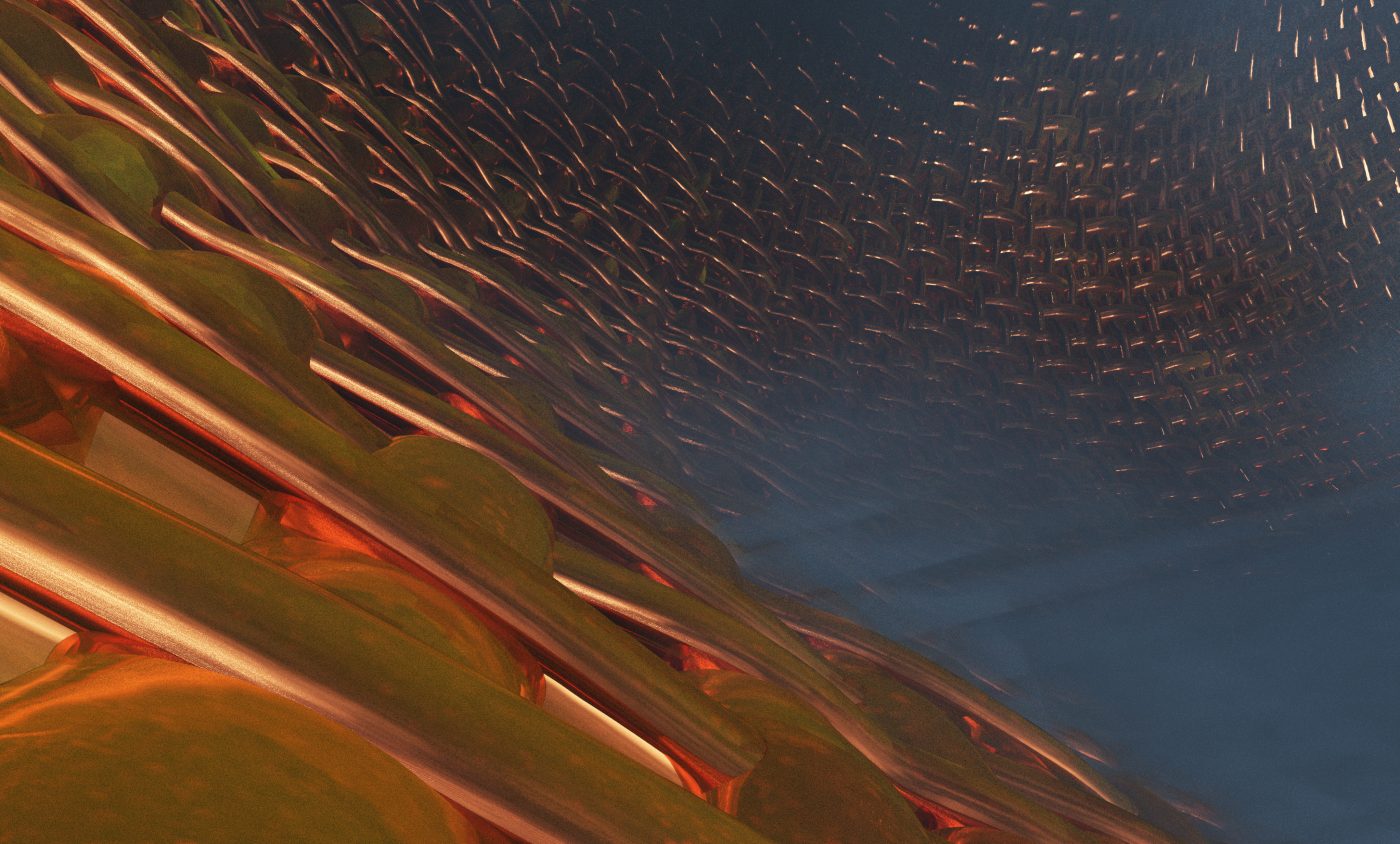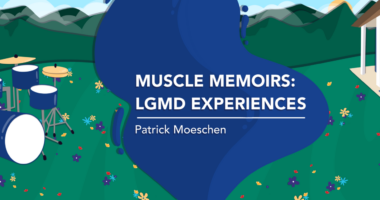Muscle Stem Cells Respond Differently to Aging, Injury, Researchers Find
by |

Researchers tracked the way adult skeletal muscle stem cells (MuSCs) multiply in response to aging or injury. The study has implications for treatments in diseases of muscle tissues, such as muscular dystrophies.
The study, “Muscle Stem Cells Exhibit Distinct Clonal Dynamics in Response to Tissue Repair and Homeostatic Aging,” was published in the journal Cell Stem Cell.
Throughout life, adult muscle stem cells are essential for repairing and regenerating muscle tissue. They must replenish themselves, or “self-renew,” and also develop into specialized cells that form new muscle fibers.
In this study, the multiplication of stem cells was tracked by clonal multicolor lineage tracing, a way of tracing the origin of a single cell back to its stem cell origin.
This allowed the team at the Sanford Burnham Prebys Medical Discovery Institute (SBP) in La Jolla, California, to directly identify how many different adult stem cells there were in muscle tissue of animals, and how much they proliferated (how many daughter cells were produced by each stem cell). The daughter cells are identical to the parent cell, and are called clones of the parent cell.
They found that aging muscle stem cells had greater diversity, but were less capable of multiplying or proliferating. However, in cases of injury in muscle tissue, there were fewer individual muscle stem cells present, but they proliferated more.
The researchers point out that the difference in response of stem cells to aging compared to injury may impact therapeutic approaches. Therapies to maintain muscle and strength in the elderly will not be the same as those for treating degenerative muscle diseases, they surmised.
“Our study is one of the first to look at muscle stem cells in their native tissue with resolution at the level of a single clone,” Alessandra Sacco, Ph.D., a professor at SBP, said in a press release.
“This allowed us to probe the dynamic heterogeneity [diversity] of the cells, a measure of their flexibility to respond to exercise, injury, and the normal wear and tear that occurs with aging,” she said. “Using this approach, we found surprising differences in the degree to which stem cells can maintain this heterogeneity, depending on what they are asked to do.”
The researchers said that knowing more about how cells respond to different types of pressures may lead to new approaches for the prevention of cell loss, either from the natural process of aging or due to diseases with chronic tissue damage, such as muscular dystrophy.
“This study has shown clear-cut differences in the dynamics of muscle stem cell pools during the aging process compared to a sudden injury,” Sacco said. “This means that there probably isn’t a ‘one size fits all’ approach to prevent the decline of muscle stem cells. Therapeutic strategies to maintain muscle mass and strength in seniors will most likely need to differ from those for patients with degenerative diseases.”








